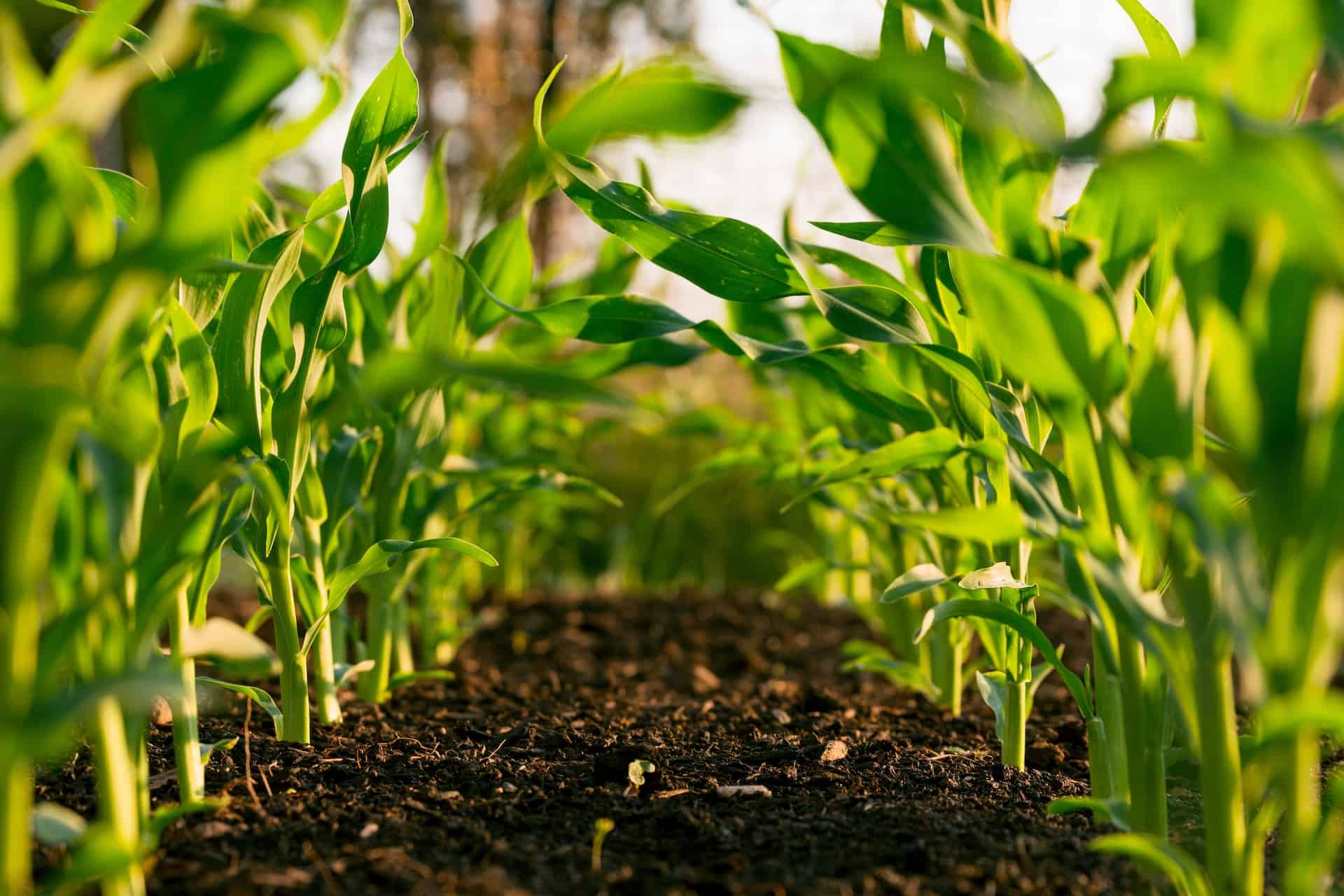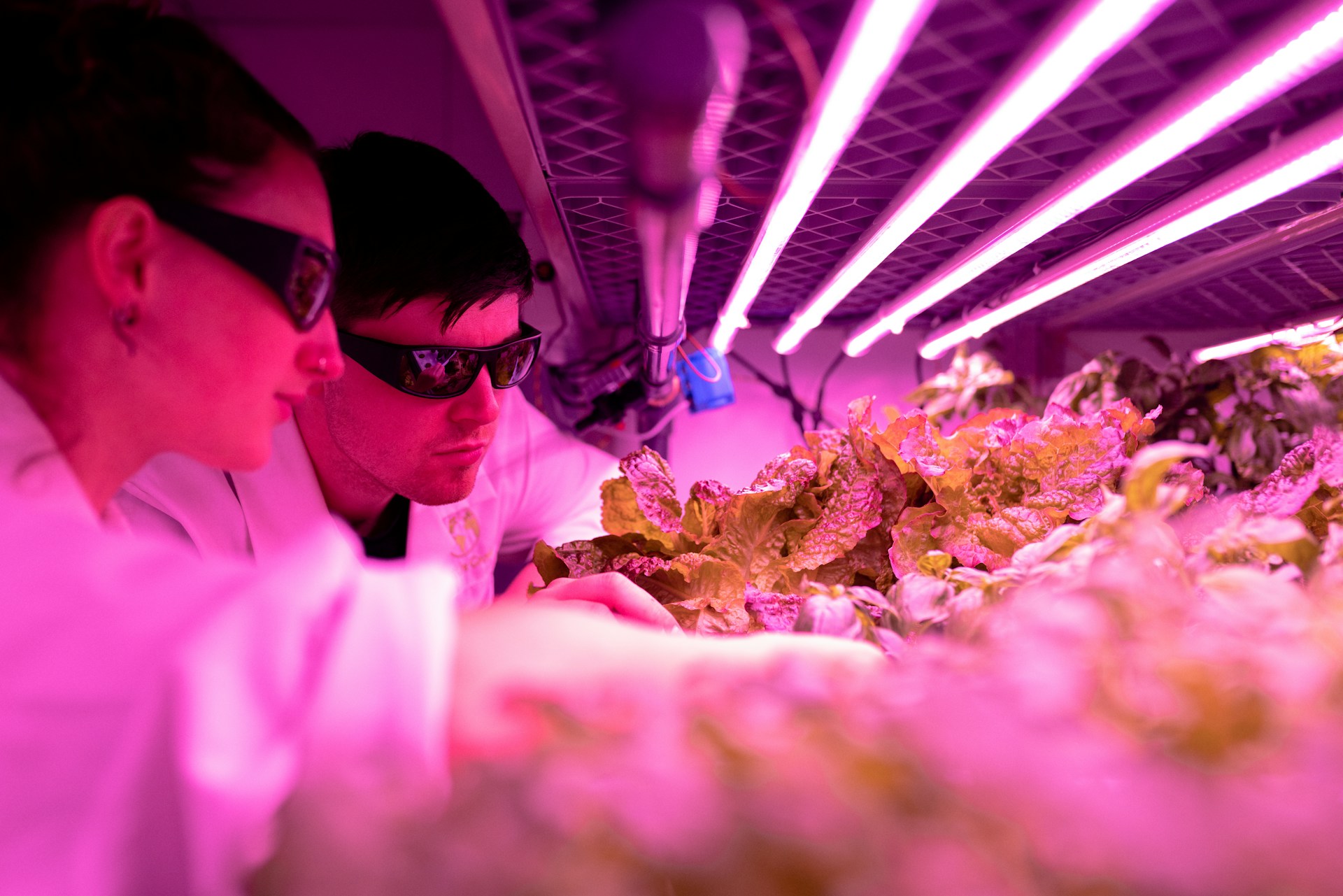
The Potential of Regenerative Agriculture and Sustainable Farming
February 14, 2023 - Emily Newton
Revolutionized is reader-supported. When you buy through links on our site, we may earn an affiliate commission. Learn more here.
Regenerative agriculture and sustainable farming are both hot topics lately, especially as people become more concerned about the future of the planet. The two techniques are similar in that they aim to stop the agricultural destruction of land, biodiversity and other natural resources. However, while sustainable farming tries to maintain things as they are, the regenerative approach focuses on restorative options that restore productivity.
Despite these differences, some people use the terms interchangeably and discuss the various techniques under one umbrella. For example, no-till farming is a regenerative approach. However, it also often comes up when people talk about sustainable farming. Now that we have those clarifications out of the way, let’s look at some of the benefits these ways of farming can bring.
Minimizing Pests With Regenerative Agriculture
Crop rotation is a regenerative technique involving planting different crops on the same land area in a planned sequence. It’s a known soil-health booster, but research indicates the advantages span further.
A team from the Max Planck Institute for Evolutionary Biology created a computational model that showed the impacts of crop rotation. It indicated that long-term yields were still possible even when pests threatened. The scientists used their model to investigate a potential situation where a farmer grew cash crops for profit and cover crops for soil health. However, pests only attacked the cash crops.
Their model and the resulting analysis revealed which crop rotation patterns maximized yields across multiple decades with the given scenario. One of the interesting takeaways was that rotations that change every other year are not necessarily the best solutions.
The researchers hope to expand their work to target different types of pests. That could be particularly advantageous for farmers in particular areas of the country who learn to expect certain kinds of pest infestations each year. Another area of interest for the team is how to combine crop rotation with other types of pest management to optimize the results.
People are increasingly interested in more eco-friendly ways to handle pests. That’s especially true since chemicals can enter nearby bodies of water via runoff and cause much more extensive problems that threaten an area’s wildlife.
Reducing Soil Erosion
Soil health is a major concern in the agricultural sector because of how it affects crop productivity. If a farmer’s growing season is below average in its yields, such results could significantly affect profitability and even contribute to food shortages. One much-publicized fear is that we could only have six decades of healthy topsoil left. Some people in the farming community believe that’s an overblown prediction. However, it’s easier for people to agree that we must prioritize soil health.
One popular way to do that is to use no-till farming. That’s a type of regenerative agriculture that involves working the land without disturbing the soil through tillage. However, experts suggest planning for at least a year before implementing this method. Such forethought may discourage some farmers from trying it.
However, a 2021 study from the University of Illinois at Urbana-Champaign indicated that benefits still occur even if agriculture professionals make only partial changes to their tilling practices. The research showed a total shift to no-till farming would cause a more than 70% reduction in sediment yield and soil loss.
But, the researchers used modeling to determine the impact of certain soil management techniques on soil erosion. An interesting takeaway came regarding vulnerable areas. The scientists learned that if farmers used 40% no-till farming in those most at-risk areas, they’d get almost the same benefits of a full implementation of no-till agriculture across their available land.
The researchers pointed out that the lack of sustainable farming practices worsens soil erosion and makes it occur faster. They explained that when soil erosion gets more severe, it removes topsoil, a vital nutrient source. These results may encourage farmers to strategically implement no-till farming by focusing on the areas that could most benefit from it before using the practice elsewhere.
Reinforcing the Need for Tailored Solutions
Even as no-till farming shows measurable and meaningful results, people caution that it’s not the universal solution. Those involved with a specific study confirmed there’s no single way to succeed with sustainable farming. They concluded that after analyzing 49 studies about no-till agriculture. More specifically, the researchers said no-till farming alone could not achieve soil protection, increased yields and the storage of carbon dioxide.
One of their identified issues is that people don’t agree on whether crop residues are part of no-till farming. However, this study reinforced that if people leave crop residues on their field after harvest times, they’re more likely to experience no-till farming’s positive effects.
The researchers also noted that some of the studies they examined found that no-till farming had almost no positive effects, and it caused some farmers to have reduced yields. One of the study’s primary takeaways is that nature is too multifaceted for a single approach to have positive effects in every location that features it.
One of the downsides of focusing too much on one method is that farmers can become skeptical if they don’t get the expected results. Then, they may balk at adopting other new options in the future, always remembering what happened in the past.
However, this study advocated for developing practices with the local environment in mind and while engaging with the people who farm the land. Those individuals are most likely to have highly applicable insights that may not otherwise be under consideration.
Producing Healthier Food
When people think of the advantages of regenerative agriculture, the perks associated with the planet come to mind most readily. That’s understandable. However, a University of Washington study suggested such practices make food more nutritious, too. The researchers analyzed the results results from 10 farms across the United States.
When farmers followed soil-friendly practices for at least five years, the resultant agriculture had healthier nutritional profiles than crops grown on neighboring land with conventional practices. They typically had above-average amounts of vitamins and minerals that support good health. All farmers taking part agreed to have a test crop of either peas, sorghum, corn or soybeans.
One of the reasons why the researchers compared the performance of farms that were geographically close is that it allowed them to control for many variables. For example, the farms experienced the same weather regardless of how farmers managed the land. Also, both the conventional and regenerative farming locations had the same crops. The soil was the same type, too, although the main difference was how people farmed it.
However, better nutritional content in the food was not the only benefit. The farms that used regenerative agriculture also had twice as much carbon in their topsoil and a threefold increase in overall soil health.
It’s also promising that the researchers featured several kinds of crops in their work. That approach could encourage more farmers to try regenerative processes on their land.
Sustainable and Regenerative Agriculture Is Worth Pursuing
These examples show why it often pays off in numerous ways when farmers use regenerative and sustainable methods. No method guarantees great results, but the outcomes here should at least encourage farmers to plan small trials of sustainable and regenerative approaches.
Revolutionized is reader-supported. When you buy through links on our site, we may earn an affiliate commission. Learn more here.
Author
Emily Newton
Emily Newton is a technology and industrial journalist and the Editor in Chief of Revolutionized. She manages the sites publishing schedule, SEO optimization and content strategy. Emily enjoys writing and researching articles about how technology is changing every industry. When she isn't working, Emily enjoys playing video games or curling up with a good book.






